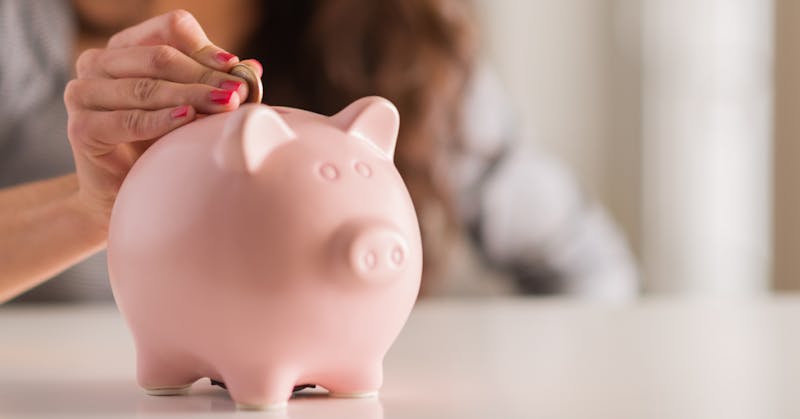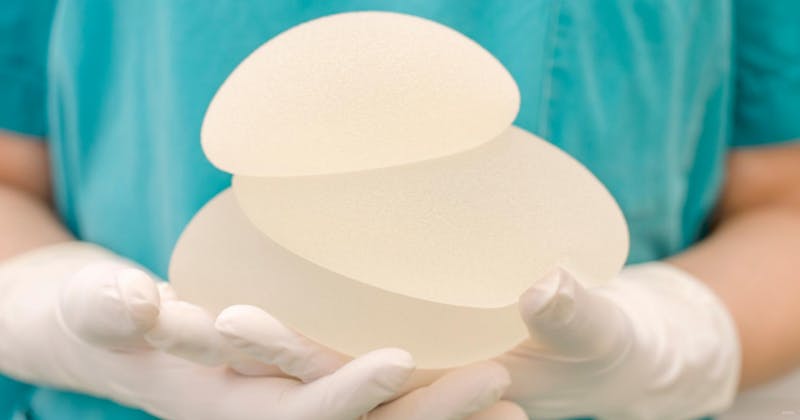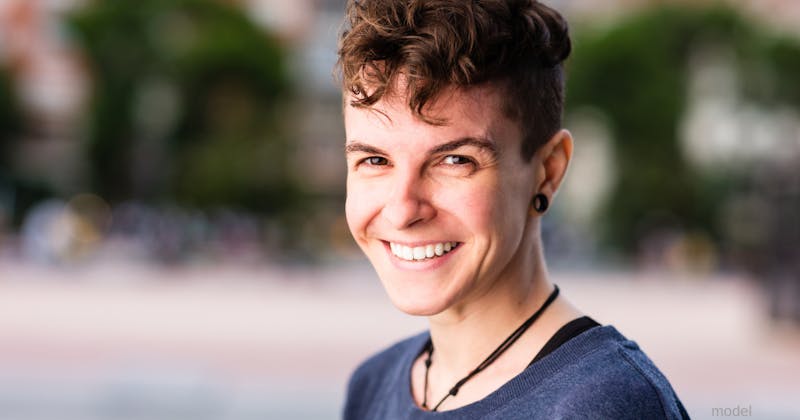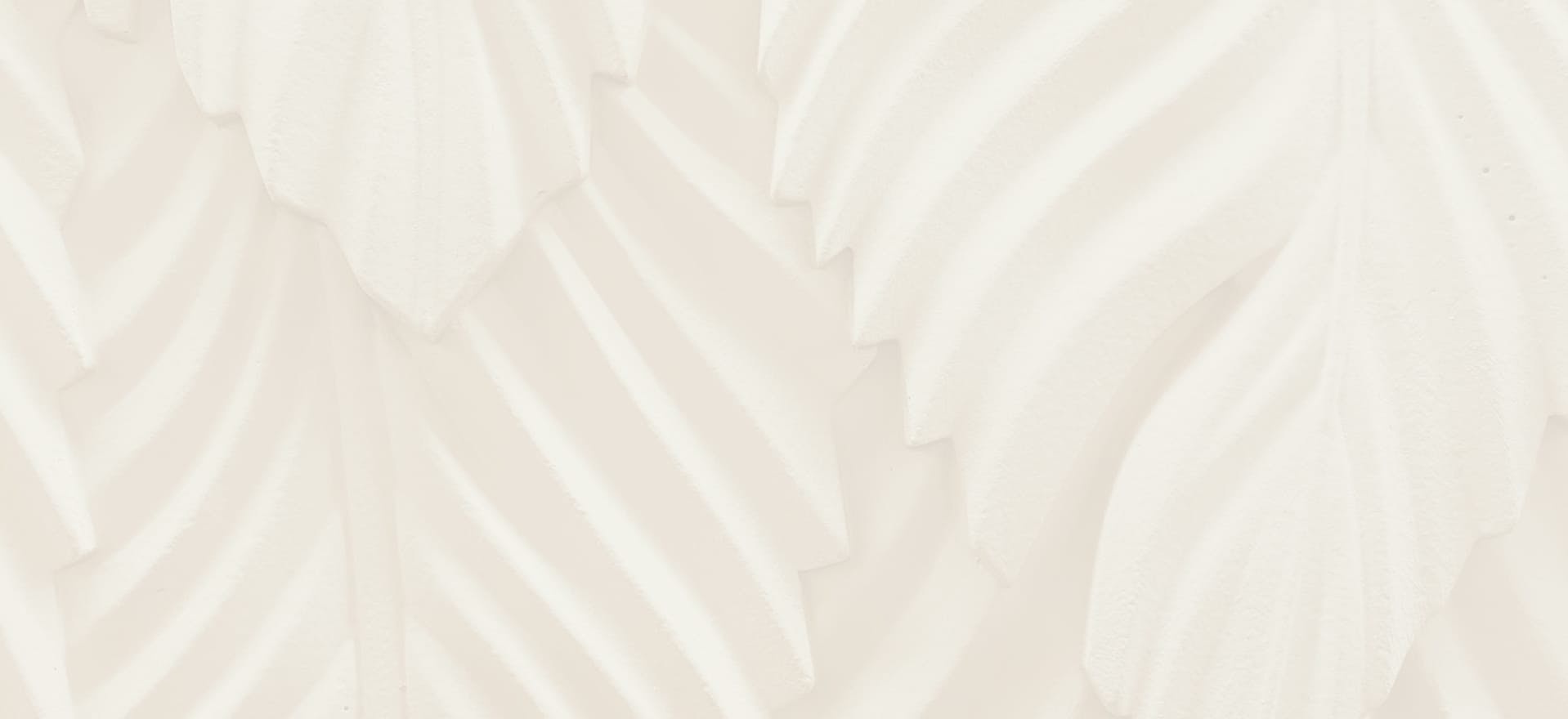28
Jan
Motiva Breast Implants Now Available at Portland Plastic Surgery Group
Motiva Breast Implants Now Available at Portland Plastic Surgery GroupWe're excited to announce that Motiva® breast implants are now available at Portland Plastic Surgery Group! Following nearly 15 years of use by plastic surgeons in over 85 other countries, thes...
View More29
Jul

Talking to Friends & Family About Your Breast Surgery
Thinking about breast augmentation here in Portland? You already know you have a lot of decisions to make. Planning your surgery can be one of the most exciting times of your life, but it can also be a bit stress inducing as you consider whom to share your plans with or when to s...
View More09
Jul

Introducing The Most Valuable Botox Special in the Portland Area
If you've never visited us for Botox or Dysport before, this is your sign to get started now. We’re thrilled to bring you the most valuable new patient offer in the Portland area. Buy 20 units of Botox or Dysport ($15/unit) and we’ll give you 20 units fre...
View More09
Jul

Ideal Implants: Everything You Need to Know
Breast augmentation remains one of the most popular procedures at our Portland plastic surgery practice and in America— for good reason. The procedure creates safe and satisfying results, and patients have many implant types to choose from. One of the new options no...
View More09
Jul

How To Prepare for and Recover From Top Surgery
The decision to get gender-affirming top surgery is an important milestone for some transgender patients. Once you've made that choice, knowing how to prepare for the procedure and what to expect during the recovery can provide peace of mind as you look for a plastic sur...
View More09
Jul

Commonly Asked Questions About Dermal Fillers
Whether it's adding a plump sensuousness to the lips, smoothing wrinkles that frame the mouth, or addressing the hollowed-out troughs under the eyes, dermal fillers at our Portland, Oregon, practice are a versatile, safe, and effective way to create a refreshed appearanc...
View More09
Jul

CoolSculpting®: What To Expect Before, During, and After?
Ever since CoolSculpting emerged as a groundbreaking, nonsurgical fat reduction treatment more than 10 years ago, its popularity has continued to increase. And, with the introduction of CoolSculpting® Elite at our Portland, Oregon, practice, women and men considering the procedu...
View More09
Jul

6 Reasons Men and Women Choose Facelifts
Nonsurgical facial rejuvenation options are more plentiful than ever, with dermal fillers, BOTOX®, and laser skin resurfacing producing effective results for the right patients. Still, facelift surgery remains popular at our Portland plastic surgery office for both women a...
View More09
Jul

Which Tummy Tuck Is Right for You?
If you've been thinking about getting a tummy tuck in Portland, OR, and researching online forums such as RealSelf for details about the procedure, you’ve probably noticed that a lot of people ask about which tummy tuck (or abdominoplasty) is right for them. Most p...
View More09
Jul

5 Common Myths About Breast Augmentation
Breast augmentation is one of the most common plastic surgery procedures performed in the U. S. Still, women thinking about getting breast implants need to separate fact from fiction when they research the procedure. Based on the questions patients ask about breast augmentation...
View More

